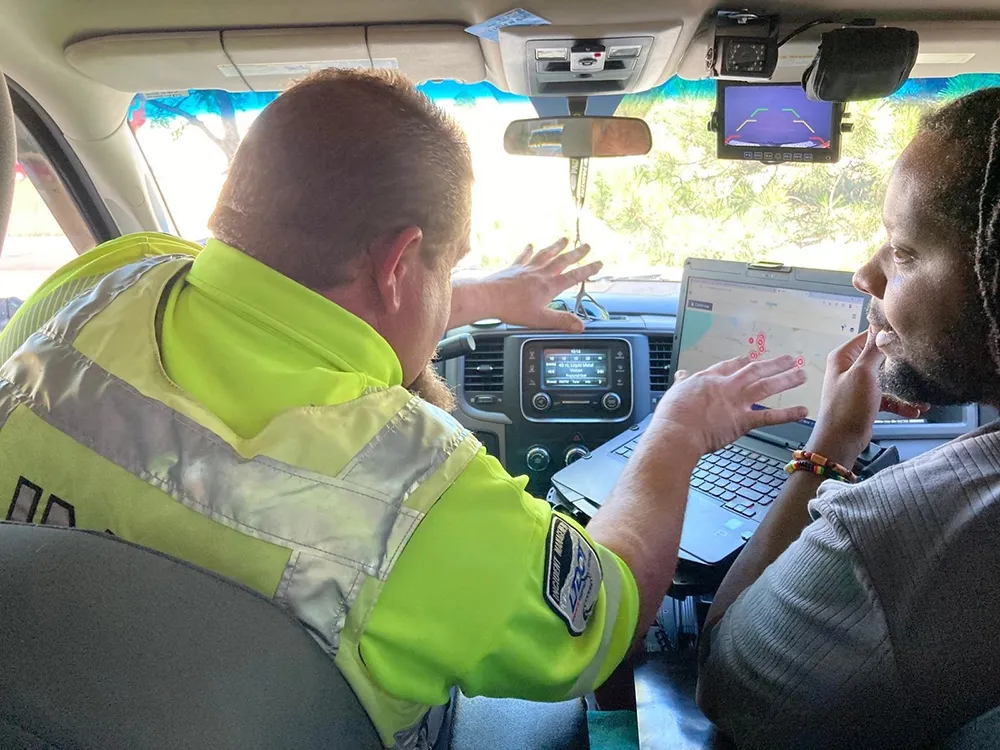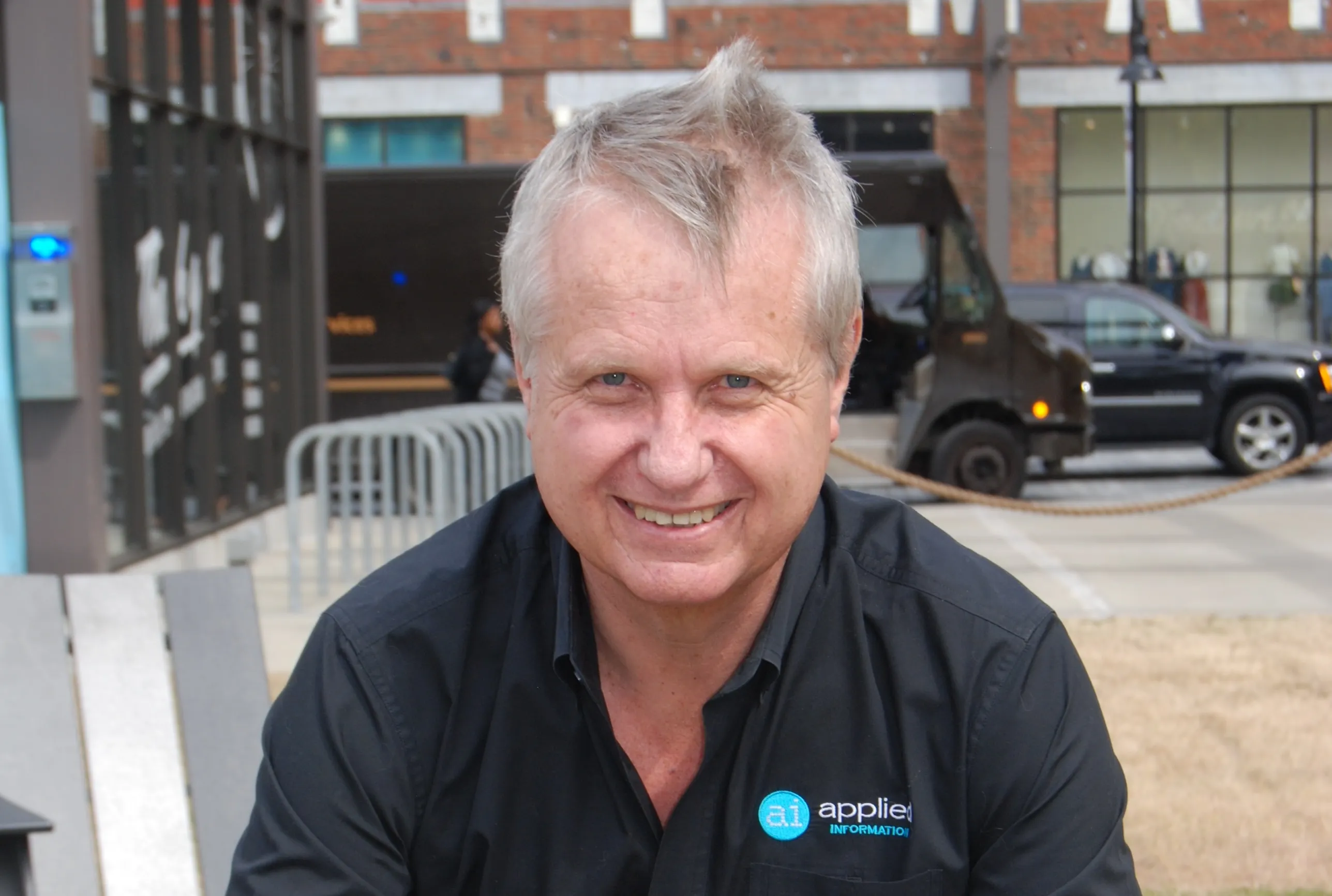
US kinetic wireless mesh specialist
“It’s very interesting,” said Graham Owen, Rajant’s sales director for the Middle East, Africa and Turkey. “We’ve been looking around and 80% of the people at this show have wireless infrastructure to deliver their applications.
We see the transport market as a huge growth area globally.”
Rajant’s patented kinetic wireless mesh system uses a series of wireless network nodes and its Instamesh networking technology algorithm. This employs any-node to any-node capabilities to continuously and instantaneously route data via the best available traffic path and frequency.
Rajant sees this as being vital for when individual cars start to become connected and ‘talk’ to each other.
“A traditional mesh network is nomadic, not mobile,” said Owen. “You connect to a series of access points. With the kinetic system, you ‘make, then break’ connections, rather than ‘break, then make’.
The new system is operational in the US and is being investigated by the mining industry in southern Africa, with huge companies such as Anglo American looking at using the system on giant, driverless trucks at their mining operations. “We provide the network and companies like Anglo American provide the application on the back of that.”










